As someone interested in photography and looking at equipment did you ever think “why are camera lenses so expensive?” Having used DSLRs for nearly 20 years, I can tell you that camera lenses being expensive is due to several factors.
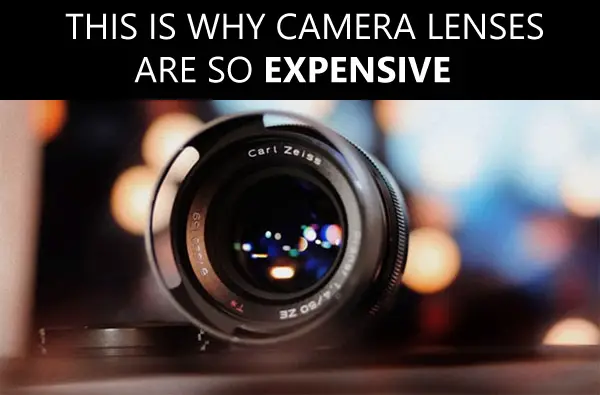
Let me explain this and also give you some tips on saving money on your next lens purchase.
One of the reasons camera lenses are expensive is the brand name. Much of it is also based on the raw materials used. The amount of human involvement in the manufacturing and testing process also has a bearing. Finally, the amount of research and development that goes into making a lens also has an impact on the final price tag.
If you ever wondered if cheap lenses can help you take good photos, or how you can get hold of great lenses for a bargain, read on. I answer all these questions along with the reasons why camera lenses are expensive in the following article.
Are camera lenses overpriced?
I know many of you would love to say yes, camera lenses are overpriced. Sometimes I feel that way too, especially when I see something I love until I notice the price tag and get disappointed. But you have to keep in mind that to make a lens an incredible amount of research and development is involved. This may often take years.
When the lens hits the market it is sold at a premium to recover the costs of Research & Development. But R&D is not the only reason why lenses are so incredibly pricey. Let’s look at the other costs of manufacturing lenses.
Why are camera lenses so expensive?
Research and Development cost recovery is a major reason why lenses tend to be overpriced. Another reason is the cost of the components used in the manufacturing process. Consumer-grade lenses use cheaper components. These components do not have the same optical performance as do the components used in manufacturing professional-grade lenses.
I will give you an example.
Fluorite is an element that is used in manufacturing professional-grade lenses. This element is found naturally (not created in as much volume as desired) and has excellent optical qualities. These lenses have a low refractive index compared to standard glass elements and also have low dispersion qualities.
Additionally, they can transmit infrared and ultraviolet light better than other glass elements. Therefore, they are used in professional lenses in place of glass elements to suppress chromatic aberrations. The result is less color fringing which is common place in cheaper consumer-grade lenses.
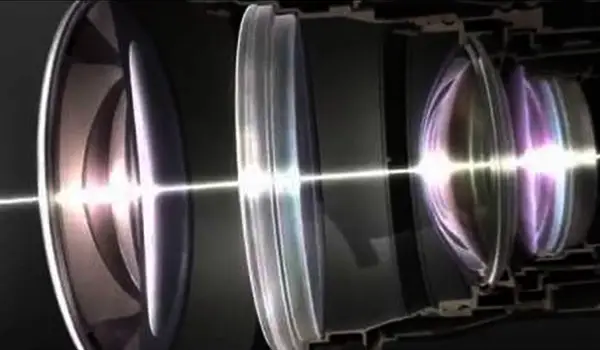
That said, using fluorite has a downside and that is the pricing. It is very expensive and therefore pushes up the cost of manufacturing.
The process of manufacturing also has a bearing on the price of lenses. Most professional-grade lenses are tested, and quality checked by hand. Only a small part of the manufacturing process is done by machines. The ultimate quality checking and a lot of the other assembly processes have human involvement. This is one of the main reasons why professional lenses are so expensive.
On the other hand, consumer-grade lenses are almost entirely made in an automated process. They are randomly tested for quality checks and therefore the amount of human involvement in the manufacturing process is limited. This results in lower costs of manufacturing.
What do camera lenses cost?
The cost of camera lenses can swing wildly from a few dollars to tens of thousands of dollars. The Yongnuo YN 50mm f/1.8 lens can cost less than 50 dollars in the used market. For a brand new copy, you shouldn’t pay more than 60 dollars.
On the other hand, the Sigma APO 200-500mm f/2.8 EX DG costs nearly $26,000. At that price tag, it is beyond the reach of most photographers. Except for a few affluent photographers with a well-established business or plenty of disposable money no one can afford these lenses.
How much should you spend on lenses?
If you are wondering whether the lens you need is going to set you back by hundreds or thousands of dollars I have a suggestion for you.
Think in these terms: What kind of photos will you be shooting? Are you a professional, an amateur shooting as a hobby, or you are a budding professional looking for something to start with?
The lens you buy should be matching to your needs. If you are an amateur photographer interested in birding, I recommend that you go for something that gives you decent performance at an affordable price tag. Something like the Nikon 200-500mm f/5.6E ED VR.
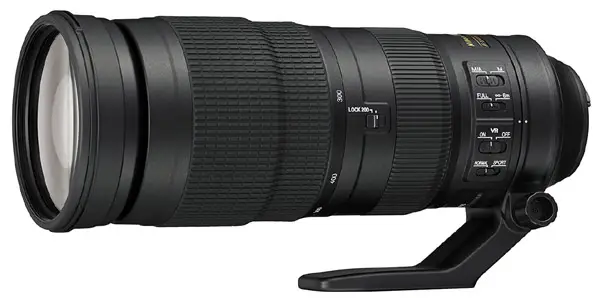
If you are a casual photographer, taking photos occasionally, a standard zoom lens like an 18-55mm or an 18-200mm is a better choice. Both these lenses are inexpensive and produce decent-quality images. If you are a professional, someone whose bread and butter depends on photography, I recommend that you invest in the best lens you can afford. In the long run, that lens will pay for itself.
Are expensive camera lenses worth it?
The answer to “are expensive camera lenses worth it” is both yes and no. The argument in favor of expensive lenses is that in photography, the quality of the glass that you can buy is directly related to the amount of money you are prepared to spend. As I have explained elsewhere in this discussion, some of the elements used in the manufacturing of lenses like fluorite, nano crystal coating, etc cost a lot to manufacture. The presence of these elements and coatings improves the performance of the lenses. But at the same time, it also pushes up the price of the lenses.
There is however one exception and that is brand premium. Some brands charge a premium. It is perfectly normal to find a comparable third-party lens that is equally good and made with roughly the same components but priced much less.
A case in the point is the Tamron SP 70-200mm F/2.8 Di VC USD designed for the Nikon full-frame DSLR. This lens costs half the price of the comparable OEM lens, the Nikon AF-S NIKKOR 70-200mm f/2.8G ED VR II. And yet, the Tamron lens performs slightly better than the Nikon.
Both lenses have been tested on a Nikon full-frame camera (D850) and were found to be extremely sharp producing superb images. But detailed studies have shown that the Tamron is slightly sharper than the Nikon.
This means that unless you compare the two lenses, test them out and see the results, you could be easily mistaken to think pricey is better. So, just because a lens is expensive does not always mean it is worth it. You can find comparable or even better alternatives at a much lower price.
We can take another example. Wide aperture lenses tend to be pricier compared to lenses that have a narrower aperture. For example, the Canon EF 35mm f/1.4L II USM is more than double the price of the Canon EF 35mm f/2 IS USM. You could argue about the build quality and the elements inside and things like that. Yes, there are limitations, but if you are aware of the limitations and work only on the strengths of the cheaper lens, you can capture stunning images with it.
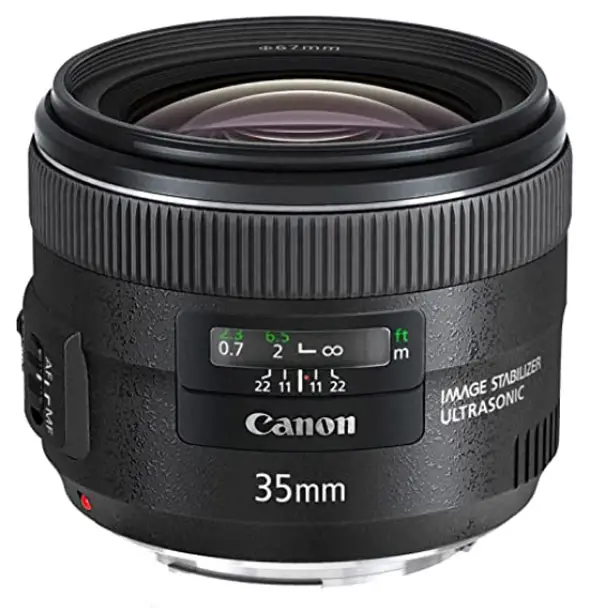
Are cheap camera lenses any good?
Before we look at the answer to the question of cheap camera lenses being any good, let’s first look at the definition of cheap lenses. A cheap lens costs less than a comparable professional lens. The points of difference are mainly construction quality, elements used, and the brand. I have already discussed the aspects of construction and quality of elements used in the manufacturing process elsewhere in this discussion.
But the point that needs to be answered is, are cheap camera lenses any good? To answer this, we need to understand a few things. Technology always pushes the boundaries of possibility. Over the years refinements in optical glass and lens technologies have brought remarkable improvements in the way how light is transmitted through the lens and how it gets focused after splitting. Today, the use of fluorite elements has made it possible to almost eliminate chromatic aberrations.
But on the flip side, these technologies are expensive and so they have pushed the prices of lenses upwards.
Cheaper lenses are either old technology or simpler versions of more technologically superior lenses. Their optical performance is not on par with the more expensive lenses incorporating the latest technologies.
That said, a lot of photographers are still using these lenses using old technologies actively. They understand the limitations of these lenses and work around those limitations to ensure that the quality of images is presentable.
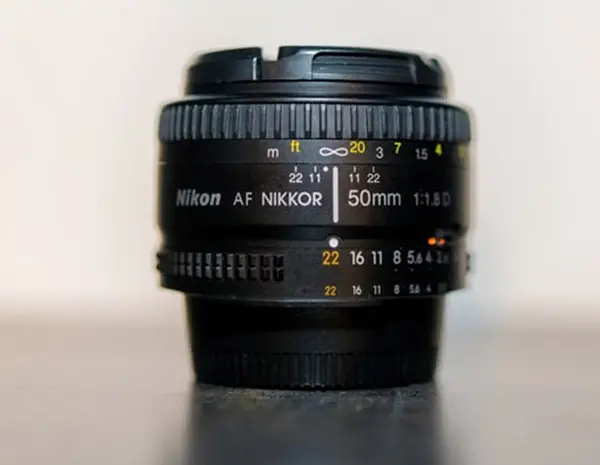
Ironically, some of these old lenses have found renewed interest for the very reason why they were overlooked in the first place – their imperfections. Modern photographers are using these lenses for achieving ghosting, flares, and defocus effects, issues that made many photographers choose better alternatives in the first place.
Which camera system has the cheapest lenses?
Camera lenses are what create the ultimate magic, not the camera body. The job of the camera body is just to capture light and convert the analog signals into digital form. The real magic happens inside the lens. So much so that camera manufacturers spend millions developing lens technologies.
This can be substantiated from the fact that lens technologies often last for decades whereas camera technologies change every few years. Additionally, lenses can be exorbitantly expensive. More expensive than cameras. So much so that many of you will be want to know which camera system has the cheapest lenses to offer just so that you can keep your costs down in the long run.
No specific brand has the cheapest lenses. Unless of course, you buy a compact camera or maybe a Bridge camera, both of which come with a built-in lens. This way, A) you don’t have to invest separately in a lens, and B) the whole package comes cheap.
But if it is a DSLR that you are looking to buy, or maybe a mirrorless camera, you have to invest in some lenses. Most camera systems offer you two to three different segments of lenses to choose from.
The first one is the premium category. This segment comprises the absolute best lens that you could lay your hands on. An example would be the Canon’s L series lenses like the Canon EF 24-70mm f/2.8L II USM or the Sigma Art series lenses like the Sigma 24-70mm f/2.8 DG OS HSM Art.
The mid-range lenses give you the best of two worlds, price and performance. The Nikon AF-S NIKKOR 200-500mm f/5.6E ED VR is a mid-range super-telephoto lens that offers a fantastic focal length range of 200mm to 500mm at a price under $1500. No wonder it is one of the most popular super-telephoto lenses among Nikon users, especially among those who have a budget DX camera (the Nikon equivalent of an APS-C sensor).
The third segment is the entry-level or budget segment. This segment offers inexpensive lenses like the Nikon AF-P NIKKOR 70-300mm f/4.5-5.6E ED VR and the Canon EF 75-300mm f/4-5.6 III USM. These lenses reflect huge cost-cutting in terms of build quality and elements use. These have a direct impact on the optical performance of the lens.
How can I get cheap camera lenses?
Does that mean that you cannot buy lenses for cheap? Well, not everyone is born with a golden spoon in his or her mouth and not everyone has a fairy godmother prepared to hand over oodles of cash. Most of us have to save to buy the things we want to buy. So, the million-dollar question is, is there a way to get cheap camera lenses? The answer is yes.
Even if you cannot buy them brand new, you can always buy them used, and there are plenty of places where you can buy them used. The first place one would look for used gear is online. Look for the online used gear stores. Amazon and eBay are two places where you can start. Adorama also has a used gear store. And then you can also look at KEH and GEARFOCUS.
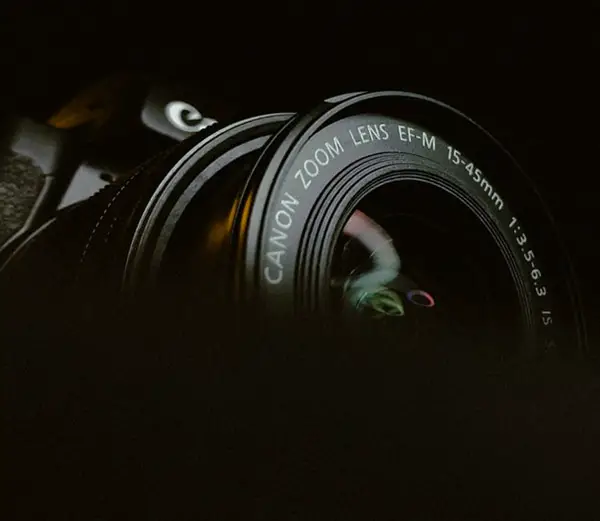
There is a whole range of products that are available at a very reasonable price. You will have to do some research to find out exactly what you need and then compare the price at different online stores to get the best deal.
Despite the convenience, this will always remain my second preference for buying used gear. The reason being you are never sure of the exact working condition of the gear. What if the mirror inside is jammed or not in the best shape? What if there was water damage and the camera has not been serviced and certified afterward? There are a million different things that can be wrong with used gear. So, it is always best to go for trusted sellers and platforms that offer a return and money-back guarantee.
The second option is to go to physical stores. This one is my favorite as you can see the actual condition of the gear and test it out before making payment. If you are an experienced individual, you will probably be able to make out if there are any serious issues. But even then, a money-back policy cannot harm.
The third option is to buy them directly from their first owner. Professional photographers often renew their collection. Many times, they simply sell them off so that they can gather money to invest in new gear. This is a great time to bargain and get something that you need at a discount. The only problem is you may not have a money-back policy and all sales are usually final.
Below is an interesting video by DigitalRev on the subject of using an expensive DSLR with a cheap lens vs a cheaper DSLR with a pro lens:
I hope that this article has more than answered your question of why camera lenses are expensive. Click on the following link to learn when to use APS-C lenses over full frame lenses.









3 comments